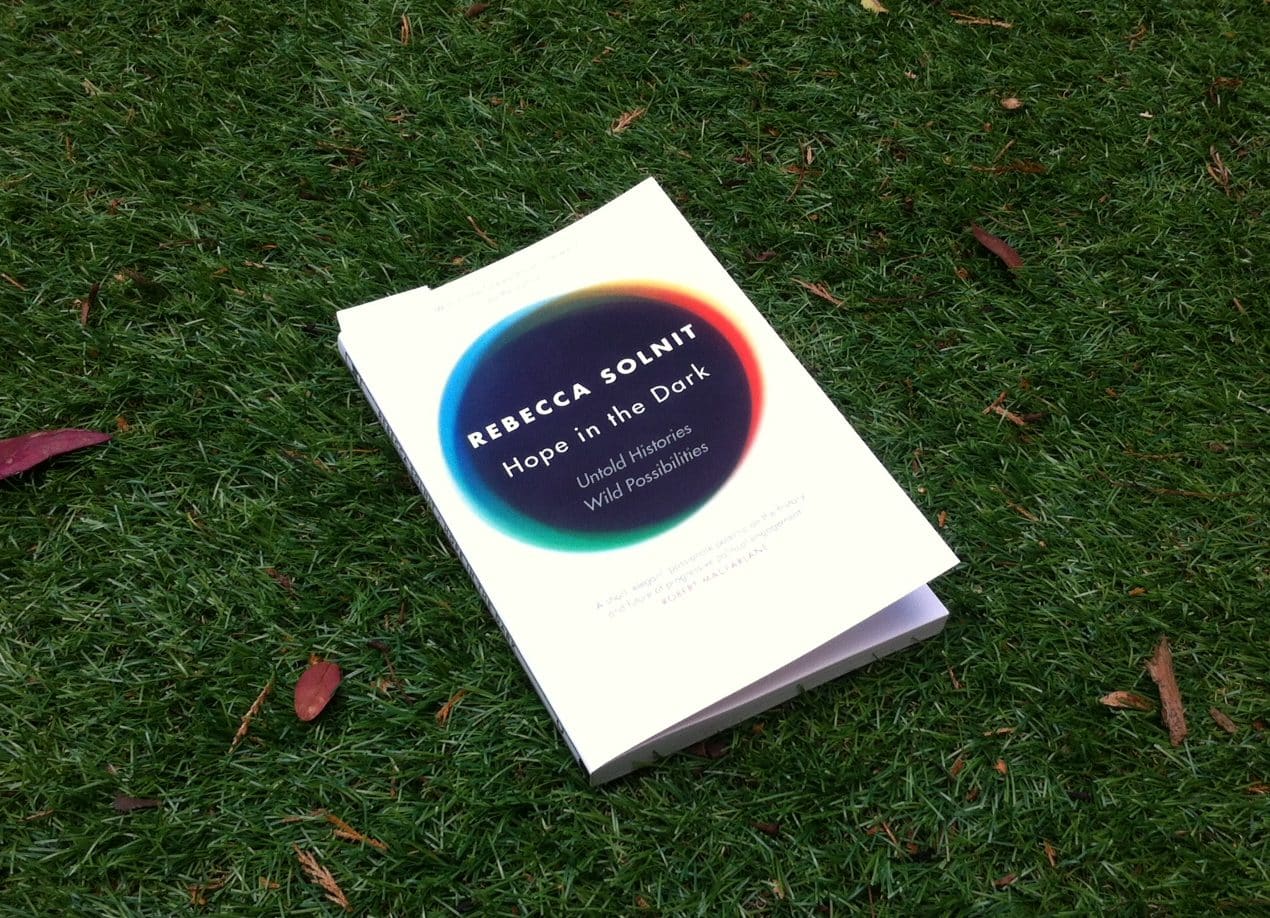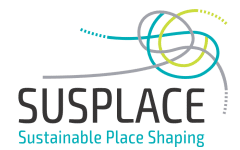
Every now and then I find myself wondering: what’s the point? What’s the point of researching about sustainability, searching for ways to shape more sustainable places? What difference will my contribution make, or will it make any difference at all? While grappling with these questions I continuously try to tell myself, that one person can only do a small piece, but while others are also doing their bits it will slowly all take shape. We will slowly move in a direction that is better for all, not only creating a more equal world for us human beings, but creating a way of living that cares for and nourishes the ecosystem that we are part of. I would like to believe that doing something is better than doing nothing.
But there are days when dark news of events from around the world seem bigger and heavier than the impact of all small positive projects together will ever have. I think it was on the day of the terrorist attack in Nice that I found myself again stuck with the same questions, while trying to avoid browsing my newsfeed on Facebook. Naturally I still did, some part of me was hoping to find something comforting in-between the sinister headlines from various news channels. I was hoping that someone would say something that made sense when it felt like nothing really made sense. I came across a text written by Rebecca Solnit ‘Hope is an embrace of the unknown’ which is largely based on the foreword to the new edition of her book Hope in the dark. She writes about how uncertainty and darkness can act as a seed for hope, and although she writes mostly about different advances human rights movements have achieved around the world in the past decades, this same logic can be applied when thinking about the transition towards more sustainable lifestyles. Hope, she remarks, locates itself in the premises that we don’t know what will happen and that in the spaciousness of uncertainty is room to act (Solnit 2016, xii).
During the past few months I have been reading about and trying to make sense of different theories and concepts related to education for sustainability (EfS). My research topic within SUSPLACE is Connected Learning Spaces, and my aim is to explore new ways of teaching and learning for sustainability. There are of course many challenges related to this field. A field that have emerged from environmental education (EE) and is currently being referred to in various ways, such as sustainable education (SE), education for sustainable development (ESD) and the term I for the moment have chosen to use EfS. Certain authors distinguish between these and argue over the meanings and differences between the concepts. Personally I have chosen to take an open approach where I see all of these concepts as part of the same challenge, how to learn to live sustainably. However, there is no single answer to what a sustainable lifestyle looks like, and even if one would claim to have the answer, the proper way to live sustainably would vary depending on the context, while it would certainly not stay fixed as circumstances continuously change (Wals & Jickling 2002).
While reading about EfS I have been reflecting on my own learning experience in the Master’s program Creative Sustainability at Aalto University in Helsinki. This program is described as a multidisciplinary learning platform. I have noticed that many of the reoccurring themes across the literature discussing EfS emphasize the importance of interdisciplinary, creativity, critical and reflective thinking, traits that all to various degree were present within the Creative Sustainability program. However I did not feel completely satisfied with the learning outcomes. Learning more about the concept of sustainability and realising how contested it is, how there are no right answers and realising the complexity and scope of challenges we are facing, made me feel incapable of acting. Eventually I did still act, but perhaps to some extent against my own will. I completed my degree, my thesis was based on participatory and practice-based research, largely because I felt like I needed to prove to myself that I can do something. I was telling myself that all small deeds matter, but I did not entirely manage to convince myself. Throughout the process I had difficulties justifying to myself what the point with all that work really was. It was partly done to finish the studies and get a degree, but to me that never felt to be enough of a reason. I wanted to do something that could lead to at least some form of positive impact, but I was not sure how to prove to myself if that had happened.
Having reflected on my learning experience there is a thought that is starting to take shape, and that is the importance of agency and hope. Agency, to give learners not only master’s students, but all of us who need to learn how to live differently, and can learn this in both formal and informal ways, the feeling that we have the possibility to contribute to the development of our societies. And while doing this generating the kind of hope that is not a sunny ‘everything-is-getting-better’ narrative, though it may be a counter to the ‘everything-is-getting-worse narrative’ to again quote Solnit (2016, xi) who seems to be my personal life coach right now. Hope has also been discussed in relation to critical pedagogy, by both Freire and Giroux, authors that are on my reading list and will hopefully give me some arguments to back up these emerging thoughts. Learning to hope can be as important as learning how to act, without hope learning and acting seems pointless. I do want to continuously believe that doing something is better than doing nothing, although due to the uncertainty that lies within the future we can never really know the impact of our actions. Perhaps hope can help us to deal with the complex and uncertain nature of sustainability and give us confidence to believe that also small deeds matter.
References:
Solnit, R. 2016. Hope in the dark. Untold histories wild possibilities. Edinburgh: Canongate.
Wals, A.E., & Jickling, B. 2002. “Sustainability” in higher education: from doublethink and newspeak to critical thinking and meaningful learning. International Journal of Sustainability in Higher Education, 3(3), 221-232.
